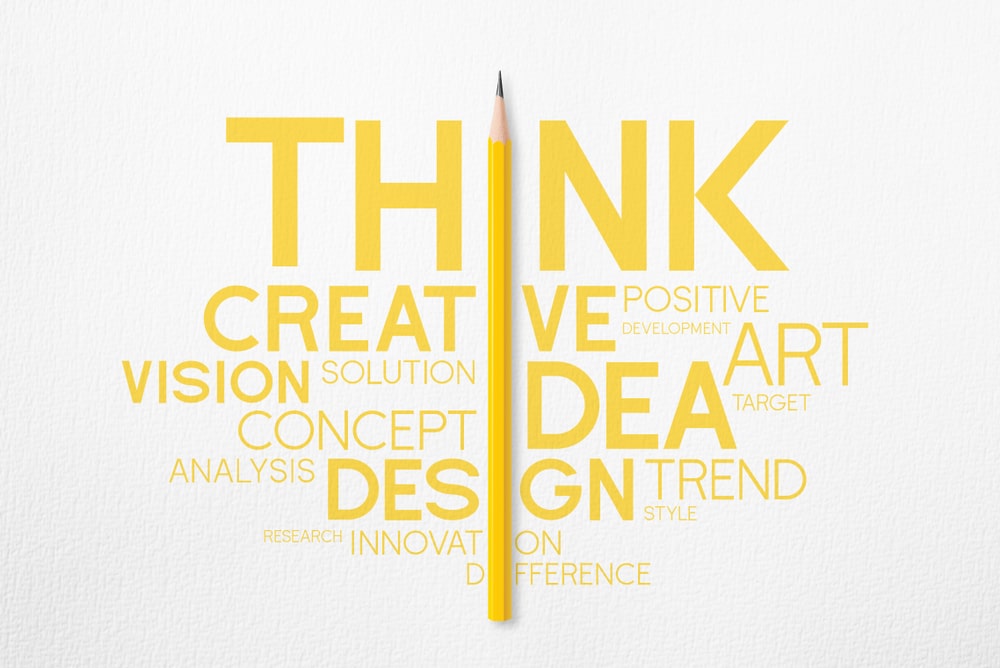B2B brands need visual identities. Having a strong visual identity makes your business easier to remember, and a strong logo is the anchor element that ties this identity together. Logos serve as a visual centerpiece for both printed and digital advertising and other outreach efforts. In short, a strong logo is worth investing in.
This post shares some key elements of B2B logo design and how to implement them as part of your overall brand strategy.
Why B2B Logo Design Is Different
B2B brands are not the same as consumer products, and this difference should be reflected in visual identity. A B2B company should not have a logo that looks like something off a cereal box.
Many B2B companies are complex businesses that tackle big problems and offer customized solutions for their customers. They might organize their brand around customer groups or industries rather than packaged products; that's one reason so many B2B companies feature customer logos on their websites.
While many B2C brands focus their visual branding efforts on product packaging, promotions and advertising, B2B companies typically configure their brand identities around vision, values, and long-term strategy.
How to Stand Out in a Sea of b2B Logos

Here are nine tips for standing out in a sea of B2B logos:
1. Keep It Simple
When designing a logo, trying to cram in as many elements as possible is tempting. After all, the more there is to see, the more likely people will remember it, right? That's not always the case. A logo that's too busy can actually be confusing and difficult to remember. Better to keep it simple and focus on making one or two elements stand out. Use solid colors or exciting shapes to catch people's attention. A simple logo will be easier to reproduce in different media as well.
2. Be Coherent
Today, nearly every business has an online presence. How does your logo look on your website? Furthermore, social media is a pillar of outreach for many companies; does your logo work on LinkedIn, Twitter and Instagram? If you’re hiring a professional to design your logo, consider having them develop your other graphical elements as well. Developing a coherent theme that makes your logo pop can ensure you’re creating a strong design.
3. Use Color Effectively
When choosing colors for your logo, it's essential to consider the target audience you're trying to reach. If you're targeting a younger audience, for example, bright and fun colors may be more effective than muted tones. Earth tones may be a better choice if you're targeting a more conservative audience. And blue is widely perceived as the color of trust.
4. Consider Both Print and Digital
Even though a growing number of businesses operate primarily online, most business owners still use a surprising amount of paper for traditional forms of advertising and communicating with customers. When designing a logo, you’ll want to make sure it looks great both online and when printed. Furthermore, your logo needs to look great in all sizes. Note that smart devices are the primary means through which many people access the internet, so your logo needs to stand out even at a tiny size.
5. Reflect Your Business
Some B2B logos, like that of IBM, are evocative of emotions that the brand wants its customers to feel, rather than descriptive of what the business does. The IBM logo's horizontal stripes, for example, evoke forward movement. Many other strong logos reflect the field in which their company operates or a key aspect of the product. Salesforce, for example, features a cloud—a reference to the cloud architecture the company helped pioneer for B2B SaaS companies. A word of caution, however: your logo does not have to describe your business. It simply needs to identify your business.
6. Create Timeless Appeal
The best logos are just as compelling today as they were when they were first introduced, and timeless appeal should be a goal of your business as well. Above all, try to recognize the difference between timeless design and fads, the latter of which will likely fade over time and make your logo look dated. There’s no foolproof method of differentiating between modern trends that will hold up and those that will fall out of favor, but working with a designer who has been around the block a few times can help.
7. Be Original
Take inspiration from strong logos, but also take a step back on occasion to ensure your logo isn’t encroaching on design elements of other logos. Pay special attention to national or worldwide brands, as having a logo too similar to them is unlikely to make much of an impression on viewers and can even make your company seem less professional. Take a look at your competitors, too, so it doesn’t appear as if you’re taking elements from their branding.

8. Make it versatile
The best logos can easily be adapted for a wide variety of uses. First, make sure your logo can be used in different sizes and formats. You may also consider using negative space or simple shapes that can be easily recognized. Finally, make sure the colors are easy to match with different backgrounds and styles. Brands that don't take this into consideration often regret it later. The Slack logo, for example, was originally 11 different colors, meaning that "if placed on any color other than white, or at the wrong angle, or with the colors tweaked wrong, it looked terrible," according to the company, which updated the logo to be simpler and more versatile in 2019.
9. Make it part of a system
A Visual Identity System (VIS) includes all of the visual assets your brand uses. The logo is the core element but the others are just as crucial to creating a coherent look for your brand. Your VIS should include the following components:
- Company logo
- Logo variations (e.g., with taglines, locations or other elements included)
- Product logos
- Color palette
- Patterns and treatments
- Typography
- Templates for documents and web pages
- Photography and illustration
Creating a unique visual brand, anchored to a memorable logo, is essential for any B2B business that wishes to stand out from the competition. Make sure to give your logo the focus and attention it deserves.

 5 min read
5 min read






 1 min read
1 min read

